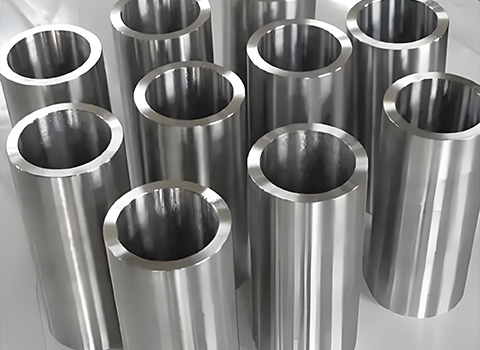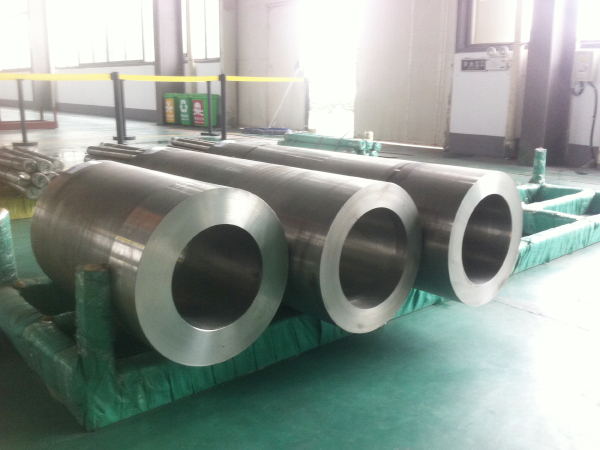The cast superalloy market has long been a critical segment of the advanced materials industry, serving high-temperature applications in aerospace, power generation, and industrial gas turbines. Recent developments suggest a shift in demand patterns influenced by technological advancements, supply chain adjustments, and evolving end-user requirements. This article examines these changes and their potential implications for industry stakeholders.

Changing Demand Drivers
Traditionally, the cast superalloy market has been driven by aerospace applications, particularly in jet engine components requiring exceptional heat resistance. However, recent trends indicate a broadening of demand sources:
Aerospace Sector Adjustments – While still dominant, the aerospace industry is seeing shifts in procurement strategies, with manufacturers seeking more cost-effective solutions without compromising performance.
Energy Sector Expansion – Increased investment in high-efficiency power generation systems has bolstered demand for superalloys capable of withstanding extreme operational conditions.
Industrial Applications – Growing use in chemical processing and oil & gas equipment highlights the material’s versatility beyond traditional markets.
Supply Chain and Production Considerations
Geopolitical factors and raw material availability have influenced production strategies. Some manufacturers are diversifying sourcing to mitigate risks, while others are investing in advanced casting techniques to improve yield and reduce waste. The adoption of additive manufacturing for complex superalloy components is also gaining traction, offering new possibilities for customization and efficiency.
Market Outlook
The cast superalloy market is expected to maintain steady growth, supported by sustained demand from key industries. However, competition from alternative materials and evolving customer expectations may reshape competitive dynamics. Companies that prioritize innovation, supply chain resilience, and cost optimization are likely to maintain a strong position in this evolving landscape.

Conclusion
While the cast superalloy market remains robust, shifts in demand patterns underscore the need for adaptability. Industry participants should closely monitor emerging trends and technological developments to capitalize on new opportunities while addressing potential challenges.